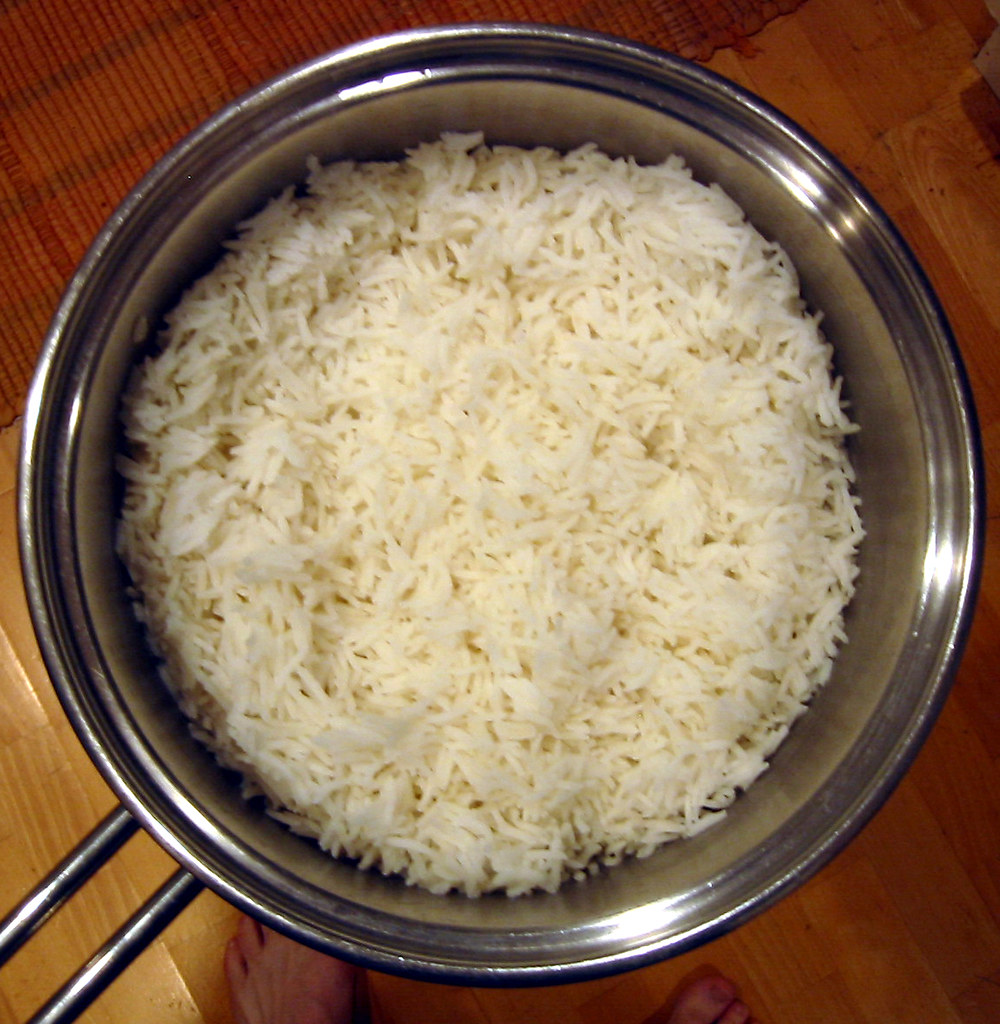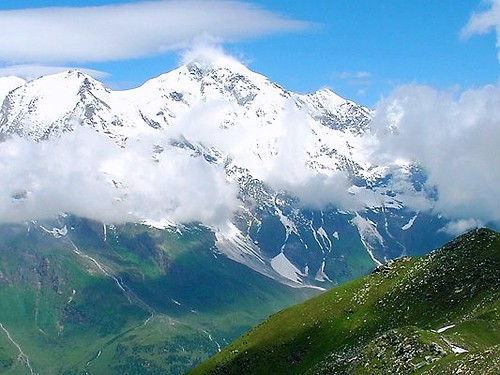Why do not cook cooked rice in the high mountains?
Geologists and mountaineers who work in the mountains often encounter awkward things like this: the water in the rice cooker has been boiling for a long time, the steam is steaming, but the rice in the pot is still alive. What is that in the end?

It turns out that water is just like other substances; its boiling point is related to pressure—large pressure, high boiling point, small pressure, the low boiling point. When the altitude is near sea level, the atmospheric pressure is about 101.3 kilopascals (kPa). The boiling point of water at that height is 100 ° C. But as the mountains climbed, as the height of the altitude increased, the atmospheric pressure gradually decreased, and the water’s boiling point began to lower. This means that it is not until 100 ° C the water begins to boil on high mountains. According to the measurement, the height of 1000 m increased, the boiling point lowered about 3 ° C.
At an altitude of 5000 m above sea level, even though the fire was burning, the water in the rice cooker had boiled, the water temperature did not exceed 85 ° C. At the top of the world roof – Mount Evretret (with an altitude of about 8848 m), the new water at a temperature of approximately 73.5 ° C has reached the boiling point. Such a temperature cannot, of course, cook raw rice into cooked rice.
If so, would you have to eat raw rice on a high mountain? Of course not. People have devised a pressure cooker suitable for boiling rice for alpine cases. When cooking with a pressure cooker, the steam has no way of flying from inside the pot; the more it accumulates, it increases the pot’s pressure. When the pressure reaches 101.3 kPa, the boiling point of water naturally reaches 100 ° C; the raw rice can also be cooked into cooked rice.
Currently, families also use pressure cookers. In general, the pot’s pressure is controlled at about 223 kPa (about 2.2 atm); the highest temperature in the pot can be up to 123 ° C. Cooking rice and food in a pressure cooker both saves fuel, reduces time, and brings more convenience to life.




